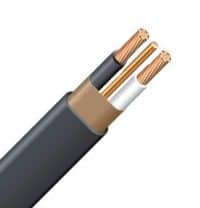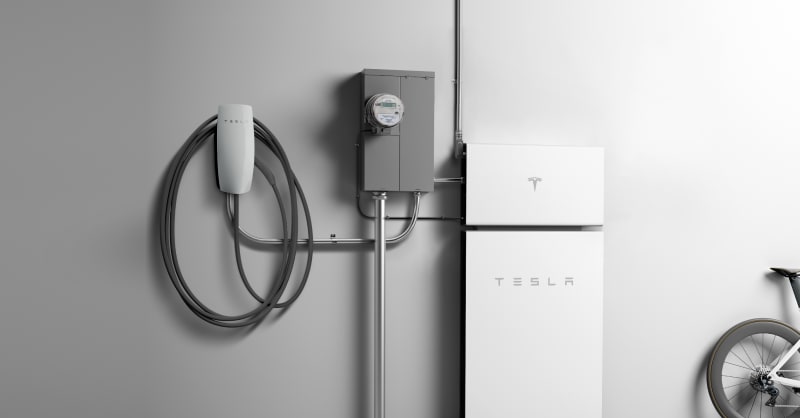Looking to install Tesla wall charger and try to get 48 Amp output out of it (max output). So the breaker should be 60 Amp (or more) for this. The Panel is on the other end of the house and is about 90 ft away in the basement. So after accounting for losses, etc. we think #4 AWG wire would work for this (we could even do #6 AWG but currently both are priced the same so I went with #4AWG). We would need 2 hot wires and 1 for ground (no neutral required).
Here is the #4 wire (hot) I am considering: #4 Wire at Lowes
Here is the #8 wire (ground): #8 Ground Wire
(Question on ground wire: Can it be #10 instead of #8? It will then be half the price)
Here is the breaker: 60 Amp Circuit Breaker
A couple of wire clamps: Clamps
Total Material Cost = approx. $440
Here is the charger which will be hardwired: Tesla Wall Connector (is now $425)
Here is the installation manual for the charger: Installation Manual
Please review and let me know if I am missing anything or any step.
Also, I read in the manual that there are requirements on torque:-> Use a torque driver and the included 4 mm hex bit to torque the terminal screws to 50 lbf . in (5.6 Nm). I am not sure how to do that. I guess I will have to purchase/rent some sort of Torque screw driver to do this. Many Youtube videos I saw did not use any special tool, they just tightened it well and gave a pull to make sure its not coming out.
Here is the #4 wire (hot) I am considering: #4 Wire at Lowes
Here is the #8 wire (ground): #8 Ground Wire
(Question on ground wire: Can it be #10 instead of #8? It will then be half the price)
Here is the breaker: 60 Amp Circuit Breaker
A couple of wire clamps: Clamps
Total Material Cost = approx. $440
Here is the charger which will be hardwired: Tesla Wall Connector (is now $425)
Here is the installation manual for the charger: Installation Manual
Please review and let me know if I am missing anything or any step.
Also, I read in the manual that there are requirements on torque:-> Use a torque driver and the included 4 mm hex bit to torque the terminal screws to 50 lbf . in (5.6 Nm). I am not sure how to do that. I guess I will have to purchase/rent some sort of Torque screw driver to do this. Many Youtube videos I saw did not use any special tool, they just tightened it well and gave a pull to make sure its not coming out.




